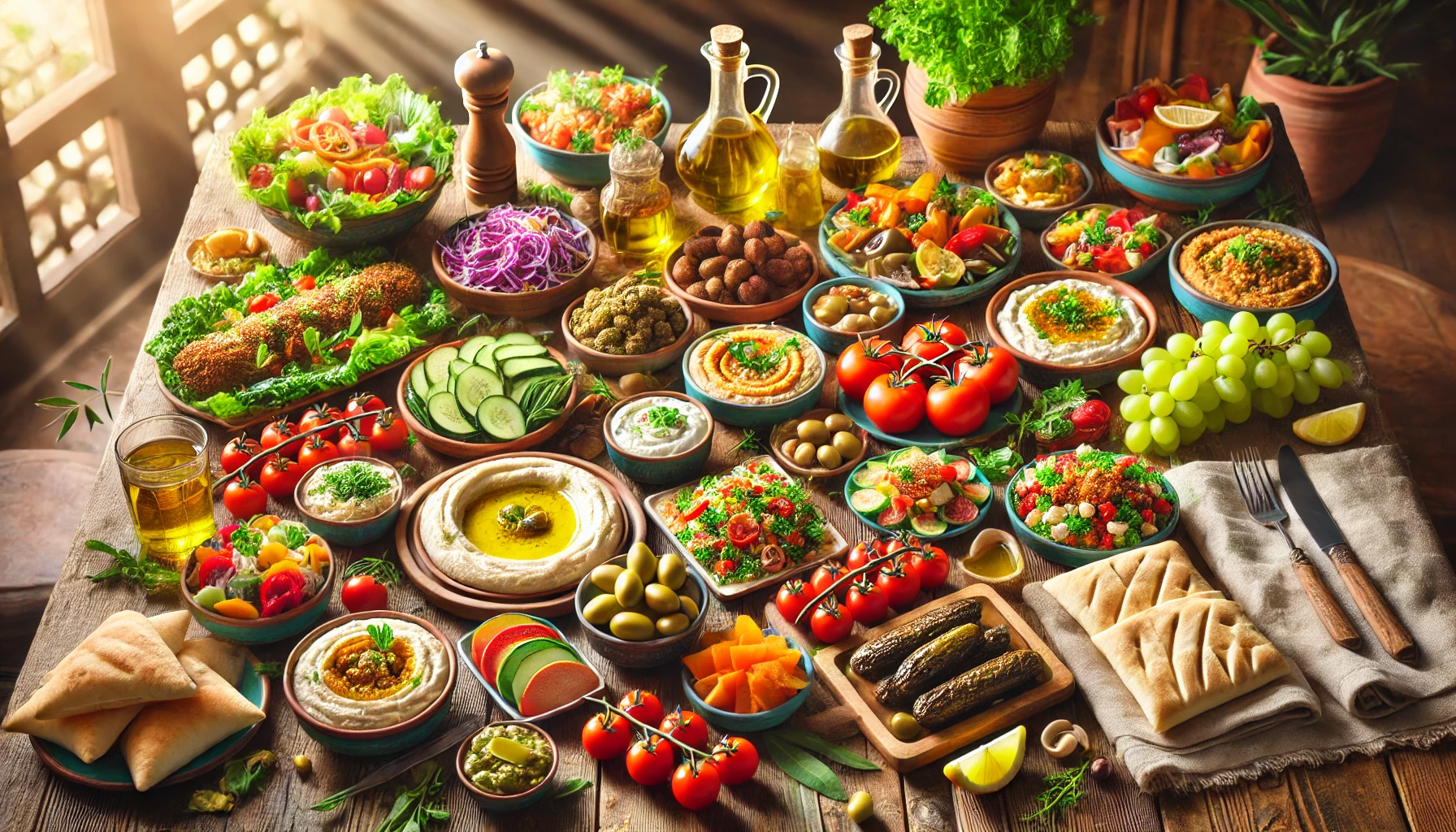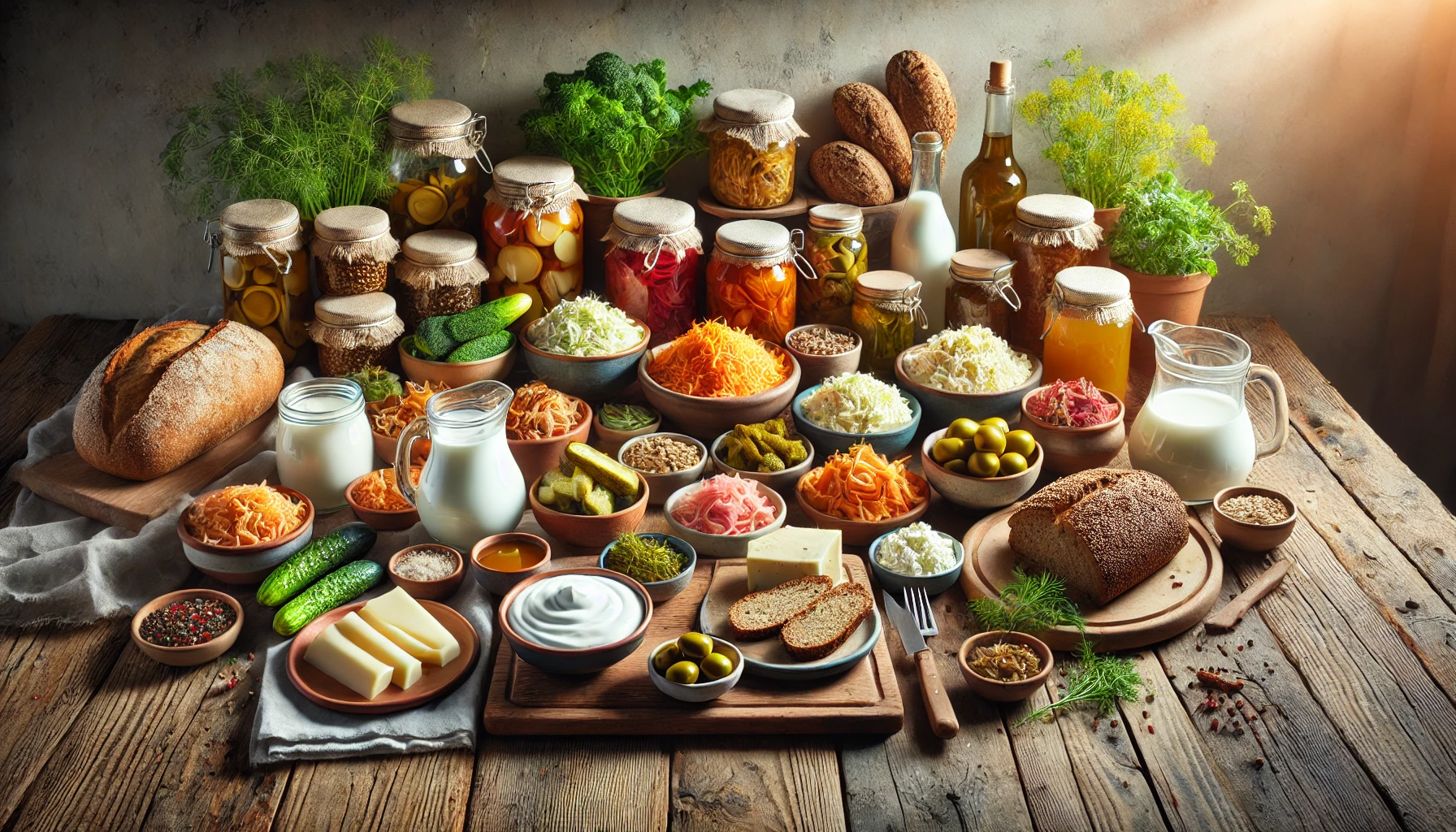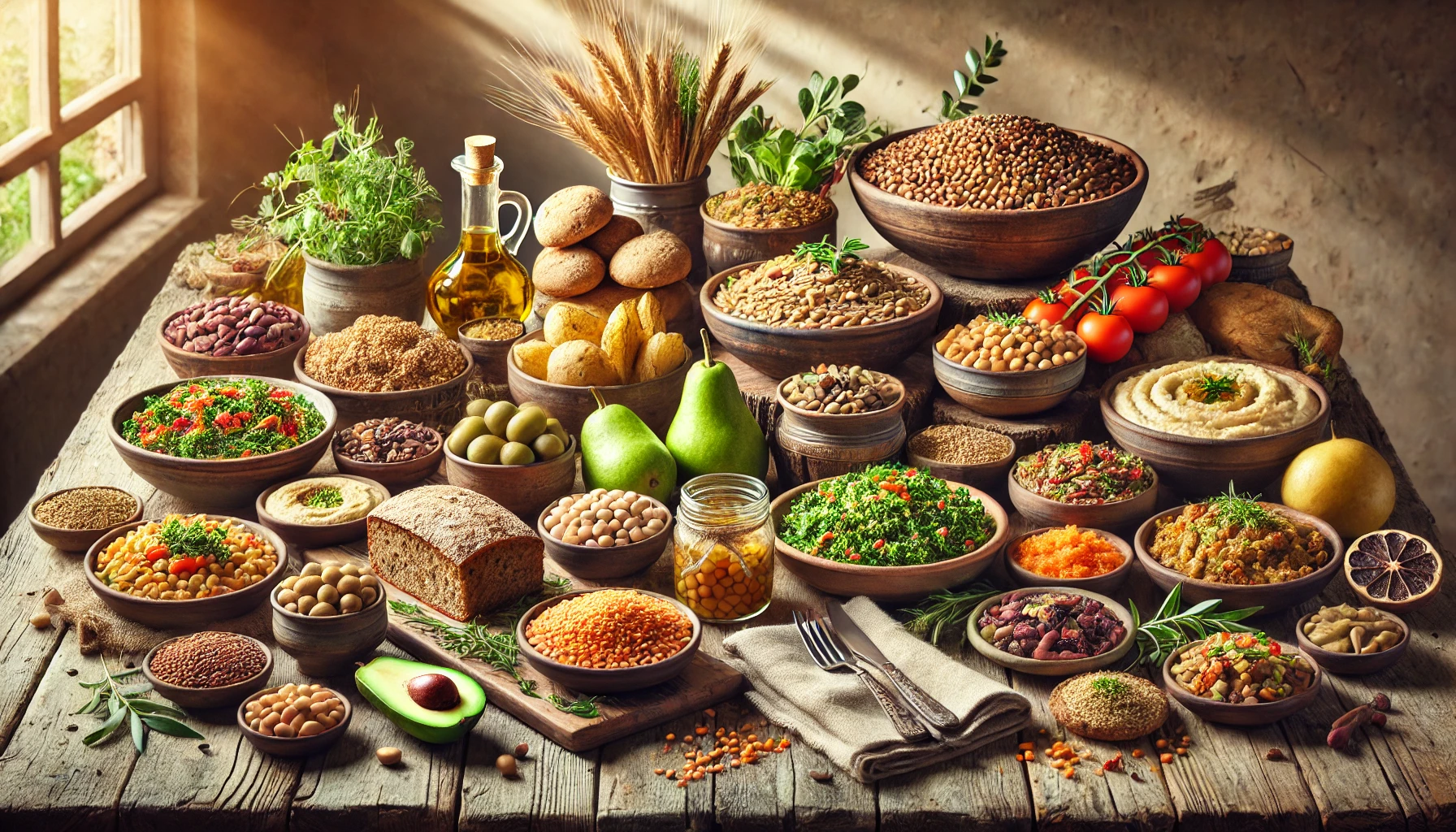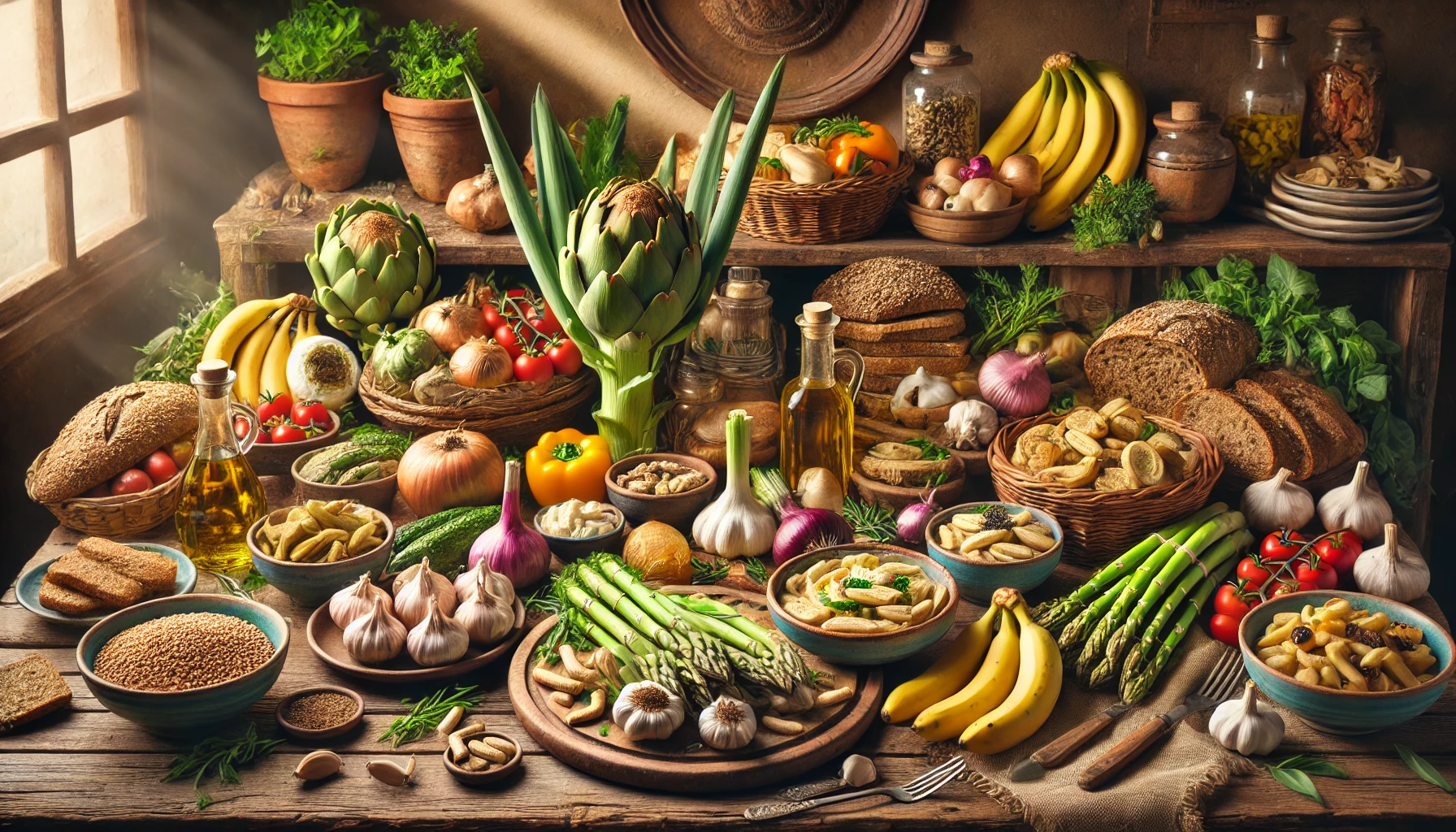Tonelli Enrico V, Vo N, Methe B, Morris A, Sowa G. An unexpected connection: A narrative review of the associations between Gut Microbiome and Musculoskeletal Pain. Eur Spine J. 2022 Dec;31(12):3603-3615.
Abstracted by:
Lindsy Moore, PT, DPT, OCS, COMT Soldotna, Alaska – Fellowship Candidate, IAOM-US Fellowship Program & Jean-Michel Brismée, PT, ScD, Fellowship Director, IAOM-US Fellowship program.
Research:
The study examines how the composition of the gut microbiome can influence inflammation and pain perception. It looks at specific bacterial strains and their metabolites that may play a role in modulating pain. The review delves into the biological mechanisms through which the gut microbiome can affect musculoskeletal pain. This includes the gut brain access, immune system modulation, and the production of bioactive compounds that influence pain pathways. The study reviews clinical evidence linking gut microbiome alterations to conditions such as osteoarthritis, rheumatoid arthritis, and chronic low back pain. The review discusses potential therapeutic strategies that target the gut microbiome to alleviate musculoskeletal pain. This includes the use of probiotics, prebiotics, dietary interventions, and fecal microbiota transplantation. The study identifies gaps in current knowledge and suggests the need for more longitudinal studies, standardized methodologies, and better understanding of the casual relationships between the gut microbiome and musculoskeletal pain.
Methods:
The narrative review explores the vast array of reported metabolites associated with inflammation and immune metabolic response, which are known contributors to musculoskeletal pain. It covers modifiable and nonmodifiable factors that are known to contribute to changes in the gut microbiome. Particular attention was devoted to modifiable factors, as the goal of researching this topic is to implement gut microbiome health interventions into clinical practice. Comprehensive search was conducted in multiple scientific databases to identify relevant studies on the gut microbiome and musculoskeletal pain.
Outcome Measures:
Analysis of gut microbiome composition using technique 16S rRNA gene sequencing to identify specific bacterial strains and their relevant abundances. Measurement of inflammatory markers such as cytokines in blood or tissue samples to assess the inflammatory response associated with musculoskeletal pain. Various pain assessment tools and scales, such as the visual analog scale (VAS), numeric rating scale (NRS), and McGill Pain Questionnaire were used to quantify the intensity and quality of musculoskeletal pain. Evaluation of functional outcomes related to musculoskeletal pain, including range of motion, strength tests, and physical performance measures. Identification and quantification of gut microbiome derived tablets that may influence pain pathways and inflammation. Assessment of clinical symptoms and quality of life using standardized questionnaires and patient reported outcome measures.
Results:
Studies reported that individuals with musculoskeletal pain conditions often have altered gut microbiome compositions compared to healthy controls. Specific bacterial strains, such as those from the genera Bacteroides and Firmicutes, were found to be associated with pain and inflammation. Elevated levels of inflammatory markers, such as TNF-a and IL-6, were observed in individuals with musculoskeletal pain. These markers are believed to be influenced by microbiome alterations, suggesting a link between gut health and systemic inflammation. The gut brain axis was highlighted as a critical pathway through which the gut microbiome can influence pain perception. Gut-derived metabolites, such as short chain fatty acids were shown to have potential analgesic effects by modulating inflammation and pain pathways. The studies reviewed in the article provided evidence that interventions targeting the gut microbiome, such as probiotics, prebiotics and dietary changes can reduce pain and improve functional outcomes in patients with musculoskeletal pain. The review discussed the potential of gut microbiome targeted therapies as adjunct treatments for musculoskeletal pain.
IAOM-US Comments:
The gut microbiome is linked to various types of pain, including visceral, inflammatory, headache, neuropathic, chronic pain, and opioid tolerance.1 It comprises three kingdoms: bacteria, archaea, and fungi.1 About 99% of gut microbiome bacteria belong to four phyla: Firmicutes, Bacteroidetes, Proteobacteria, and Actinobacteria, with Firmicutes and Bacteroidetes being the most prevalent in healthy adults.1 Both modifiable and non-modifiable factors influence the composition and alterations of the gut microbiome (Table 1).1
Table 1: Modifiable and Non-Modifiable Factors Influence on the Composition and Alterations of the Gut Microbiome.1
| Modifiable Factors | Non-Modifiable Factors | ||
| Diet | Dietary patterns, Western, Mediterranean, Pro- or Anti- inflammatory patterns | Gut Architecture | Microphysical and macrophysical gut structure |
| Lifestyle choices | Smoking, Alcohol consumption, Exercise | Human Genetics | FUT2, NOD2, LCT |
| Traumatic Events | Traumatic brain injury, Spinal cord injury, Chronic stress | Birthing History | Vaginal delivery or C-section |
| Interventions | Prebiotics, Probiotics, Fecal transplantation | Early Feeling Patterns | Breastfeeding, Formula |
| Prescription Drugs | Antibiotics, Proton pump inhibitors, Laxatives, Metformin | Age | Children, Adults, Elderly |
| Exposure to chemical pollutants | Cadmium chloride, Arsenite, Glyphosate | Geographical location | Climate, Lifestyles, Geographical background, Dwelling location, Food access, Employment |
“Leaky gut” is a form of gut dysbiosis characterized by changes in the gut bacteria species, leading to altered gut permeability and physiological and metabolic functions, which can predispose individuals to disease.1,2 “Leaky gut syndrome” can cause systemic inflammation and abnormal immune responses due to increased intestinal wall permeability.1,2 Gut dysbiosis has been linked to skeletal muscle mass and function.1
The gut microbiome produces a wide range of metabolites that affect the human body on multiple levels.1 Short-chain fatty acids (SCFAs) are produced in the large intestine through the anaerobic fermentation of dietary fibers by gut bacteria, primarily from the Bacteroides and Firmicutes phyla, which produce propionate and butyrate, respectively.1 The most abundant SCFAs in the gut are acetate, propionate and butyrate.3 SCFAs are crucial for modulating intestinal inflammation and epithelial barrier function by way of mucus production.1–3 Epithelial barrier dysfunction is a leading cause of “leaky gut syndrome.”1 SCFAs can also enter the bloodstream and modulate systemic inflammation via the mesenteric veins.1,3 Adequate SCFAs paired with probiotics can improve glucose balance and normal glucose levels with improved insulin sensitivity.3 SCFAs help in the release of gut derived satiety hormones such as glucagon-like peptide-1 (GLP-1) and peptide YY (PYY).3 SCFA producing bacteria might have a therapeutic and preventative role in diabetes.3
The gut microbiome directly or indirectly produces or regulates neurotransmitters such as serotonin, dopamine, noradrenaline, glutamine, and GABA.1 Dopamine, produced in large quantities in the gut, participates in the immune response, with 50% of it synthesized in the gut.1 It modulates chronic pain through the nigrostriatal and mesolimbic pathways.1 Serotonin, 90% of which is produced in the gut, regulates mood, learning, and memory, and plays a role in the gut-brain axis, connecting the nervous system and the gastrointestinal tract.1 Noradrenaline is involved in pain modulation and analgesia, mediating inflammation in acute and chronic immune responses via the autonomic nervous system.1 Glutamate and GABA, produced by Lactobacillus, Bifidobacterium, and Bacteroides, are excitatory and inhibitory neurometabolites of the central nervous system, respectively.1 Ghrelin has anti-inflammatory effects, while leptin is involved in the pathogenesis of neuropathic pain and inflammation and could serve as a biomarker for predicting the transition from acute to chronic pain.1 The above mentioned can all affect the way we respond to pain.1
A healthy gut microbiome contributes to the production of various vitamins and nutrients, deficiencies of which have been associated with pain, including various B vitamins and Vitamin D.1 B vitamins have analgesic effects due to their anti-inflammatory, anti-nociceptive, and neuroprotective properties.1 Literature suggests an association between Vitamin D and pain severity, with a significant link to low back pain.1 Vitamin D supplementation is beneficial in reducing pain in patients with chronic and widespread pain, likely due to its anti-inflammatory effects.1
The gut microbiome can also contribute to increased knee osteoarthritis.1 Research indicates that gut microbiome-related metabolic dysfunction may play a role in how systemic inflammation is linked to osteoarthritis pain symptoms.1 Research suggests that antigenic materials and immune cells travel through the blood stream when gut wall increases its permeability and settles in the joints.1
How to fortify the gut for reduced levels of inflammation:
- Mediterranean diet is beneficial for gut bacteria diversity showing metabolic and cardiovascular benefits (Figure 1).4

Figure 1: Picture of Mediterranean diet foods.
- Probiotics consist of live microorganisms (Figure 2).5
- Prebiotics are compounds utilized by these microorganisms (fermentable carbohydrates).5
- Resistant Starches: boiled and chilled potatoes, green banana, barely, rice, beans, legumes (Figure 3).6
- Inulin: Asparagus, Burdock root, chicory root, dandelion greens, garlic, leeks, onions, wild yams (Figure 4).7
- Pectin: Apples, apricots, carrots, green beans, peaches, raspberries, green tomatoes (Figure 5).8
- Oligofructose9
- Postbiotics are bioactive metabolites produced when beneficial gut microbes metabolize prebiotics.10
- SCFAs: Acetate, Butyrate, Propionate.11
- Postbiotic foods: Buttermilk, cottage cheese, fermented pickles, kefir, kimchi, kombucha, fermented sauerkraut, sourdough bread, yogurt.12
Prebiotic supplementation improves the health of humans by improving memory, upregulating anti-inflammatory cytokines and down regulating pro inflammatory cytokines, and improving lipid metabolism and glucose homeostasis.13 It has also been found that prebiotics reduce the effects of oxidative stress and inflammation.13 Postbiotics are protective against diseases, including cancer, autoimmune diseases, inflammatory disorders and cardiovascular diseases, in addition to enhancing skill to muscle mass and function.13

Figure 2: Picture of probiotic foods

Figure 3: Picture of resistant starches

Figure 4: Picture of inulin foods

Figure 5: Picture of pectin foods
As healthcare providers dedicated to enhancing patients’ functional capacity and overall quality of life, we should consider the gut microbiome as a significant factor in musculoskeletal pain management. Integrating dietary and probiotic interventions can complement traditional physical therapy techniques. It is essential to educate patients about the potential impact of gut health on their pain and overall well-being. Encouraging dietary habits that support a healthy gut microbiome, such as consuming fiber-rich foods and probiotics, is crucial.
Collaborating with other healthcare professionals, such as dietitians and gastroenterologists, allows us to develop comprehensive treatment plans that address both gut health and musculoskeletal pain. Given that gut microbiome compositions can vary significantly between individuals, it is important to tailor interventions to each patient’s unique needs, potentially incorporating gut microbiome assessments into the treatment planning process.
Staying up to date with the latest research on the microbiome and its connections to musculoskeletal pain is imperative for providing the best care possible.
References:
- Tonelli Enrico V, Vo N, Methe B, Morris A, Sowa G. An unexpected connection: A narrative review of the associations between Gut Microbiome and Musculoskeletal Pain. Eur Spine J. 2022;31(12):3603-3615. doi:10.1007/s00586-022-07429-y
- Schiopu CG, Gavril RS, Ştefănescu C, Eşanu IM, Mitu F. THE GUT MICROBIOME, A POSSIBLE KEY TO MULTIDISCIPLINARY CLINICAL PRACTICE – LITERATURE REVIEW. Intern Med Med Internă. 2023;20(2):35-54. doi:10.2478/inmed-2023-0246
- Canfora EE, Jocken JW, Blaak EE. Short-chain fatty acids in control of body weight and insulin sensitivity. Nat Rev Endocrinol. 2015;11(10):577-591. doi:10.1038/nrendo.2015.128
- Khavandegar A, Heidarzadeh A, Angoorani P, et al. Adherence to the Mediterranean diet can beneficially affect the gut microbiota composition: a systematic review. BMC Med Genomics. 2024;17(1):91. doi:10.1186/s12920-024-01861-3
- Markowiak P, Śliżewska K. Effects of Probiotics, Prebiotics, and Synbiotics on Human Health. Nutrients. 2017;9(9):1021. doi:10.3390/nu9091021
- jfairma2. What is Resistant Starch? The Johns Hopkins Patient Guide to Diabetes. June 7, 2018. Accessed November 26, 2024. https://hopkinsdiabetesinfo.org/what-is-resistant-starch/
- Does Inulin Help Improve Gut Health? Cleveland Clinic. Accessed November 26, 2024. https://health.clevelandclinic.org/inulin-benefits
- Pectin: Nutrition, Types, Uses, and Benefits. Healthline. November 22, 2019. Accessed November 26, 2024. https://www.healthline.com/nutrition/pectin
- Niness KR. Inulin and Oligofructose: What Are They? J Nutr. 1999;129(7):1402S-1406S. doi:10.1093/jn/129.7.1402S
- Wegh CAM, Geerlings SY, Knol J, Roeselers G, Belzer C. Postbiotics and Their Potential Applications in Early Life Nutrition and Beyond. Int J Mol Sci. 2019;20(19):4673. doi:10.3390/ijms20194673
- Xiong RG, Zhou DD, Wu SX, et al. Health Benefits and Side Effects of Short-Chain Fatty Acids. Foods. 2022;11(18):2863. doi:10.3390/foods11182863
- What Are Postbiotics? Cleveland Clinic. Accessed November 26, 2024. https://health.clevelandclinic.org/postbiotics
- Ibrahim Z, Khan NA, Siddiqui R, et al. Gut matters in microgravity: potential link of gut microbiota and its metabolites to cardiovascular and musculoskeletal well-being. Nutr Metab. 2024;21(1):66. doi:10.1186/s12986-024-00836-6
